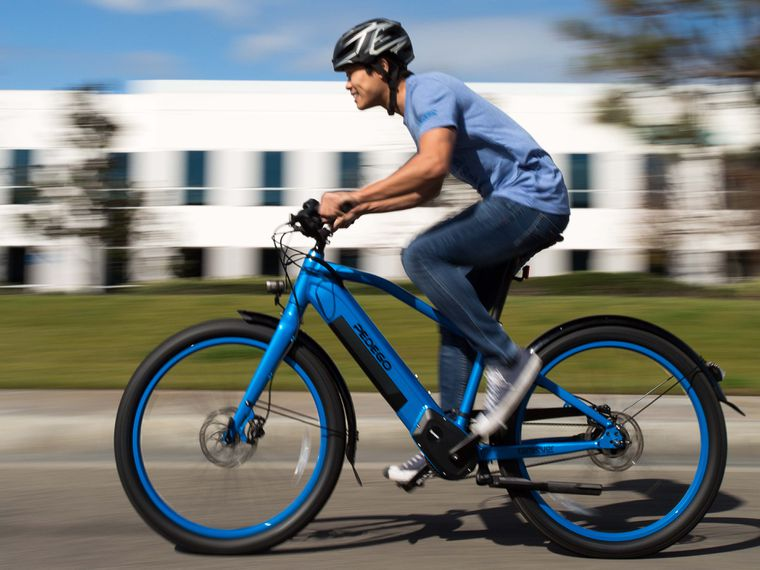The Technology That Powers Electric Bikes
Simple, cheap, convenient …we can agree that electric bikes have been a revelation in the world of public transportation. Ever since their introduction, more and more people are embracing their applications with some incorporating them into their daily schedule; whether for commuting, exploring, or entertainment.
But how much do you know about the exciting innovation that is battery-powered bikes? In this post, we provide insight into the technology powering electric bikes.
Basic Concept of Electric Bikes
Electric bikes are not very different from regular bikes. In fact, they pedal and handle in the same way and typically use the same parts. The only thing is that there is an addition of electric components that serve to augment the human effort spent when riding a traditional bike.
These are what enable riding an e-bike to be a relatively easy affair. It makes tackling hilly terrains and headwinds less stressful and lets you clear great distances on a bike without getting as tired.
Main Components in an Electric Bike
Motor
The motor on an e-bike is an essential component that delivers the power to propel the bike. This is provided in different setups, including a front-hub, mid-drive, and rear-hub motor. The setup of the motor on the e-bike determines how the power is delivered to propel the bicycle.
In the front-hub motor design, the propulsion is delivered on the front wheel whereas in the rear-hub setup, the propulsion is delivered on the rear wheel. Finally, in mid-drive motors, the power is delivered to the bike’s drivetrain and not the hub.
Also Read: How Technology and Innovation Changing the Dentistry
Battery
The battery of an electric bike stores all the power that is supplied to the motor. Typically, e-bike batteries store around 35-50 volts of electrical energy, which is used to propel the bike when you’re not pedaling. The capacity of the battery also determines how long you can enjoy motor-assistance during your ride.
Drivetrain
The drivetrain provides the torque needed to manually spin the bike wheels. In mid-drive motor e-bikes, the power is supplied directly to the drivetrain, allowing for easier chain cranking. The drivetrain also enables you to shift gears depending on the nature of the terrain.
Controller
The controller is a small computer that is usually found on the handlebar and allows you to control the electric components of the e-bike. This gadget comes with a display via which you can tweak settings like speed and riding mode.
How Electric Bikes Work
All e-bikes are equipped with a rechargeable battery that’s used to power the motor. The motor offers the power to propel the bike and this is engaged in various ways according to the design of the bike. These bikes are set up in a variety of ways and this is dependent on the position the motor is mounted on the bike.
There are two major ways that the e-bike motor is attached. Some motors are connected to the crank drive in what is popularly known as crank-drive e-bikes. In this case, the motor powers the pedals directly once it is engaged. The implication is that pedaling becomes easier as you don’t need to use too much effort to power the pedals.
On the other hand, some e-bikes have a motor that is connected to the back wheel or hub as opposed to the pedal gear. In this setup, the motor powers the back wheel directly when it’s engaged, causing it to spin even faster. These types of bikes are better known as hub-drive e-bikes.

Throttle-controlled E-bikes
Some electric bicycles have a throttle on the handlebar that you can use to control the pedal-assist feature. When you press the throttle, the motor on the bike is engaged and this type of bike is referred to as a power-on-demand electric bike. Typically, such bikes will get you to speeds of between 16 to 20 mph, although you can find higher-powered models that can reach 28mph.
In this type of bike, you can choose to ride without motor-assistance or engage the throttle to benefit from the pedal-assist. In some bikes, you can engage the motor without pedaling, allowing the bike to move without any manual effort.
Converting a Regular Bike into an E-Bike
Some manufacturers produce Electric Bike DIY kits that you can use to transform your regular bike into an e-bike. These kits are available in different types depending on the motor, as well as the kind of assistance the setup provides. This can be a great alternative to avoid the high cost of purchasing a new e-bike.

